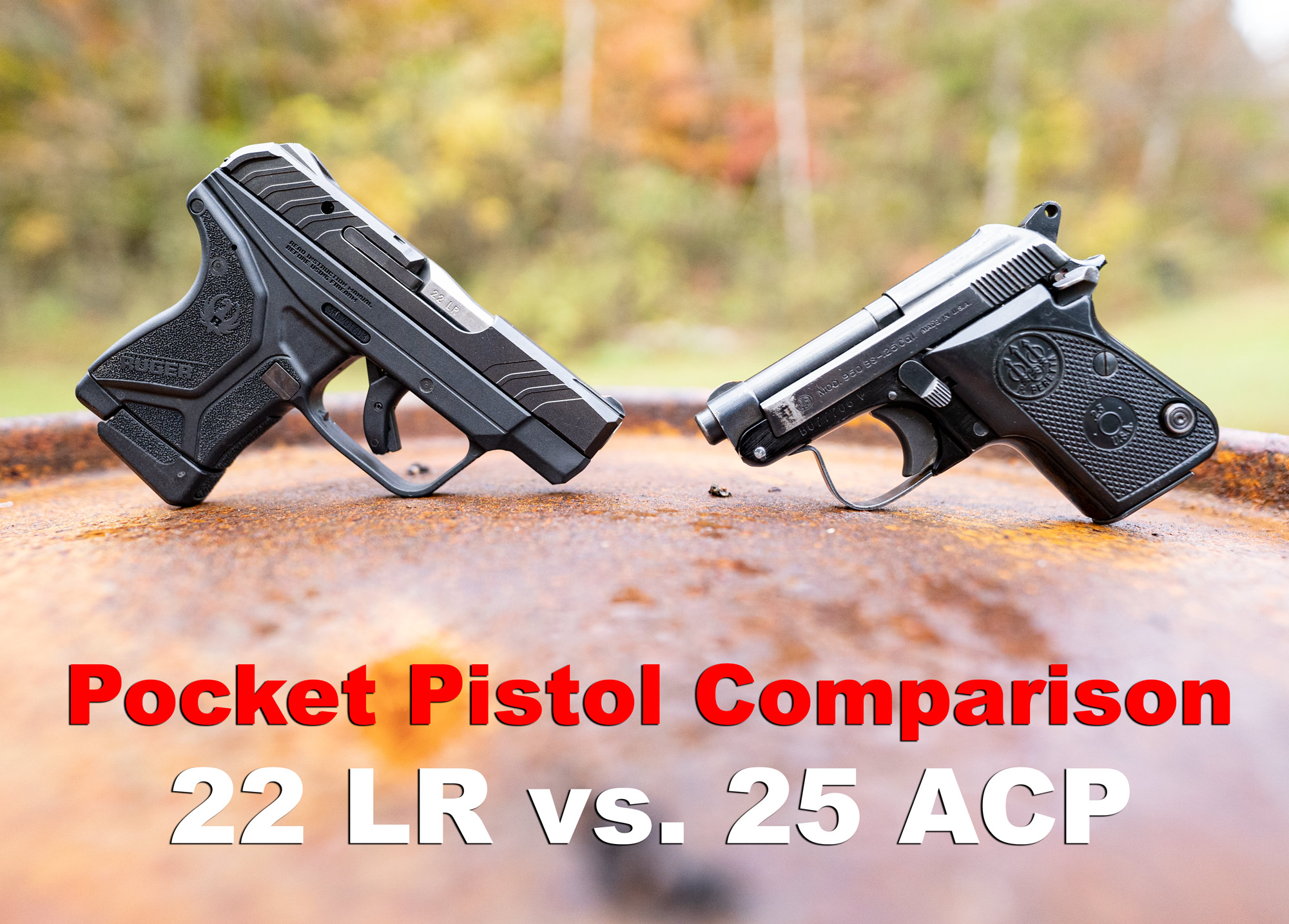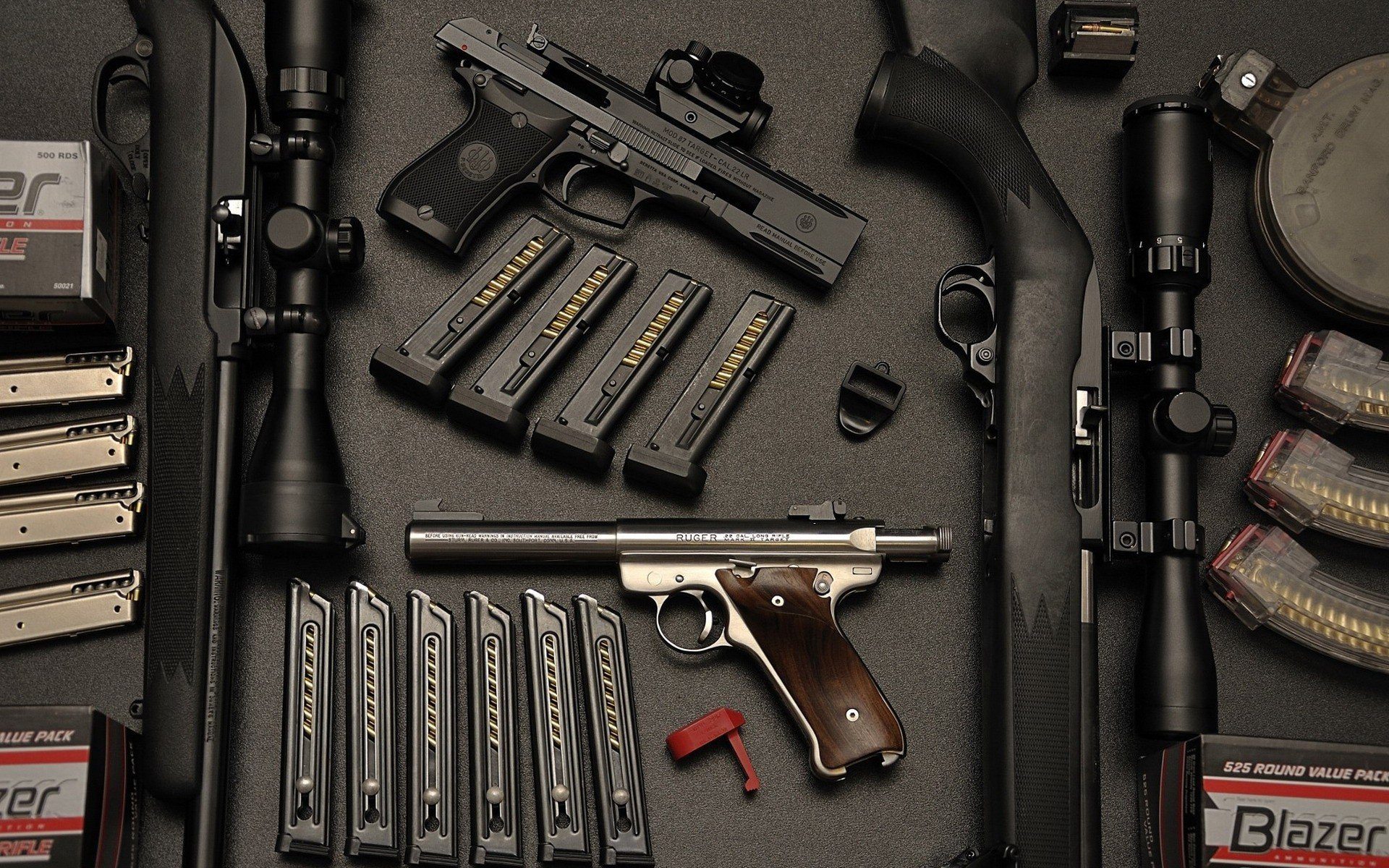22lr Stopping Power - Pocket pistols and firearms for the humble. While there are certain disadvantages to using a small-bore handgun for self-defense, it also has advantages that can benefit skilled and experienced shooters.
Learn more in the video below or scroll down to read the full article. If you're joining us now, be sure to check out our entire series of pocket pistols.
22lr Stopping Power

The .22 LR is said to have killed more people than all other rounds combined. I don't know where this idea came from but it's stupid and people need to stop talking. Whether there is or not has nothing to do with the intention of protecting someone. What we care about is the ability to directly change the behavior of the person who is trying to kill us. Or, as Claude Werner put it in Part 1 of this series, we want to "break contact with the enemy." So the question we ask today is, is a pocket-sized pistol chambered in 22 LR a smart choice for the job?
Why A .22 Lr Pocket Gun Should Not Be Underestimated
From a terminal ballistics standpoint, the .22 LR isn't all that interesting, especially when fired from a short pistol barrel. But it is stronger than most. We will be testing different .22 load velocities and ballistic gels in the near future. Meanwhile, to illustrate the point, I ran a small gel test with a 40-grain CCI Velocitor load that works well in handguns.
Using a 1.9-inch muzzleloader, all five rounds penetrated 10 to 12 inches. There was no expansion, but we really don't expect the .22 to expand. Introducing the most important feature. The FBI uses a minimum standard of 12 inches for duty bullets, but 10 inches is nothing to sneeze at.
When fired correctly, a .22 pistol bullet should be more than capable of hitting a vital organ to dismember an assailant. However, whenever possible, we always want to replicate the gel test results with what has been demonstrated in real-world use.
Let's take a look at some Stop Power research numbers based on Greg Ellifritz's 1,800 strikeout stats. He found that about 60 percent of people shot with a .22 were incapacitated after a single hit to the head or torso. This is consistent with the numbers of other larger and more powerful calibers. But about a third didn't trip right away, no matter how many times the 22 hitter fired. That's twice as many batting averages as .380 or better.
How To Use 22 For Self Defense
Last week I talked about the .25 ACP, and there are times when I can carry one despite the low street record; The .25 pistol is smaller than most other pistols and can be used with something similar. Not so with a .22 pocket pistol. There are only two .22 LR semiautos in current production that can properly be considered pocket pistols: the Beretta 21A Bobcat and the Taurus PT22. They look very similar to guns and are similar in size and weight. None of these are easier to carry than standard polymer .380 pocket pistols like this Ruger LCP II. In fact, 22s are much wider than modern .380 ACPs.
The situation is similar for the two Smith & Wesson J-frame lightweight guns I've been working with lately. The Model 43c weighs 12.3 ounces and is chambered in .38 Special, 8 rounds of .22 LR, although it weighs an ounce less than the similarly sized Model 342PD.
So the .22 has a slight advantage in terms of size and weight and is less effective in terms of terminal ballistics.

Of course, the main reason we all like the .22 is the lower cost of ammunition and less recoil. Even with these very small guns, the recoil is so gentle that even the most cowardly shooters don't mind it at all. That's why .22 pocket guns are sometimes recommended for inexperienced shooters who don't practice regularly, or those with arthritis, tendinitis, or poor grip.
The Hardest And Easiest Ammo To Buy Right Now
The .22 might be a good solution for some of these folks, but I wouldn't be so quick to recommend it. Most of these .22 pocket guns are double-action designs, which means the trigger pull is very heavy. In fact, they are more difficult to fire than a double-action centerfire because the rimfire primer requires more power to ensure reliable ignition. Without proper training and enough practice, getting the shot on demand with such a trigger is a real challenge. Most people with hand-related health problems have trouble pulling the trigger.
There's no getting around the fact that small guns are difficult to shoot well, even if they don't have all the recoil.
Having said all that, I think it's a mistake to point out that the .22 pocket pistol is "better than anything." This has clear advantages even for professional shooters with no health restrictions.
Think about it this way – most of us who are serious about practicing our firearms skills on a regular basis often shoot service-quality full-size or compact handguns. This is where we devote most of our training time and ammunition budget. If you have a small pocket gun that you occasionally carry, you probably don't have much time to shoot. It's not fun to shoot, and to be honest, when you spend an hour shooting a full-size gun, it's kind of a blow to the ego to pull out an LCP or J-frame. check the range of the bag and find that your speed and accuracy have almost halved.
Lr For Self Defense: Why It's A Bad Idea
Some of us still actively practice with these lighter .38s and .380s, but it often feels like a pill.
Now what if this pocket gun was a .22 instead? Ammo is so cheap you can run 50 rounds and spend only two bucks. Over time, you'll be able to shoot this little gun so well that you'll even enjoy it.
Many people do similar training plans, but use the .22 as a specific training analog for the same rifle in larger calibers. I think this plan will work well, but no matter how many times I run over J-frame snubbies, I never shoot a light .38 like I shoot a .22 LR.

How good does the .22 have to be before it surpasses center gun ballistics? Honestly, I don't know how to answer that, but I think it's worth thinking about. It's probably not a bad idea to measure your performance objectively, like our top series guides or tests. If for some reason you're limited to carrying a pocket gun and you can score significantly better in a .22 than you can with a midrange rifle, I can't say you shouldn't carry a .22.
Eley Subsonic Hollow 22 Lr
But we might actually be getting a little ahead of ourselves. Before we get to the point of measuring proficiency, the most important thing about a handgun is reliability. The gun should work. And everyone "knows" that .22 long guns are inherently unreliable compared to modern firearms. Or maybe it's just another side of this box that's so overrated. We're testing this thread now and in the future, and we'll continue this discussion to see if the .22 LR is reliable enough for personal defense. Be sure to subscribe so you don't miss it, and to support our pocket pistol series and other videos, get your ammo from us with lightning-fast shipping.
Hand gun stopping power, stopping power, stopping power of 22lr, evan marshall stopping power, stopping power brakes, 38 stopping power, what is stopping power, 22 stopping power, stopping power 45 acp, stopping power by caliber, stopping power meters, nist stopping power
0 Comments